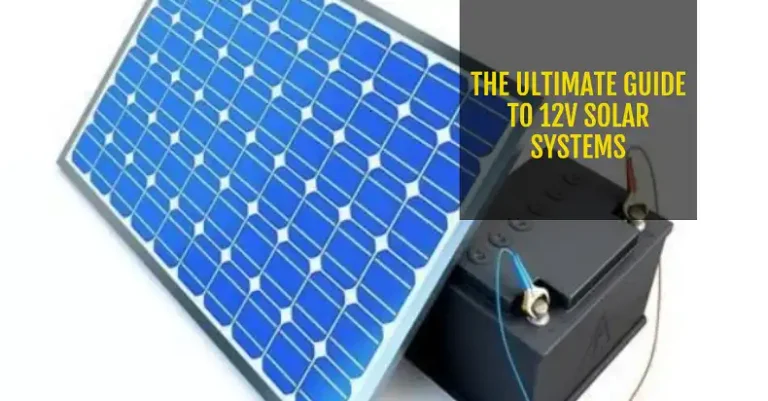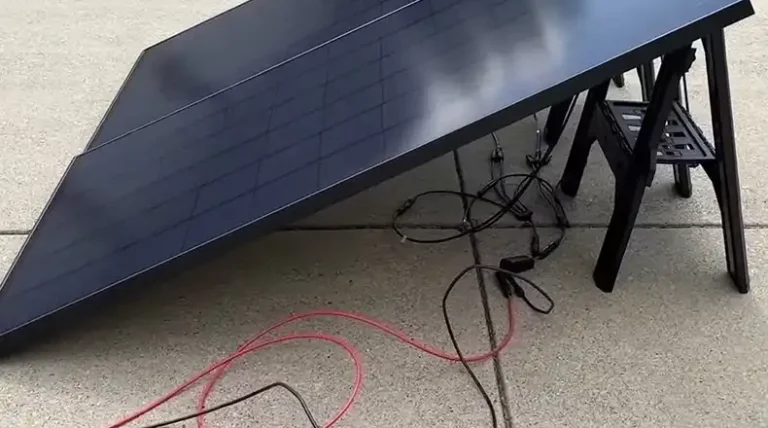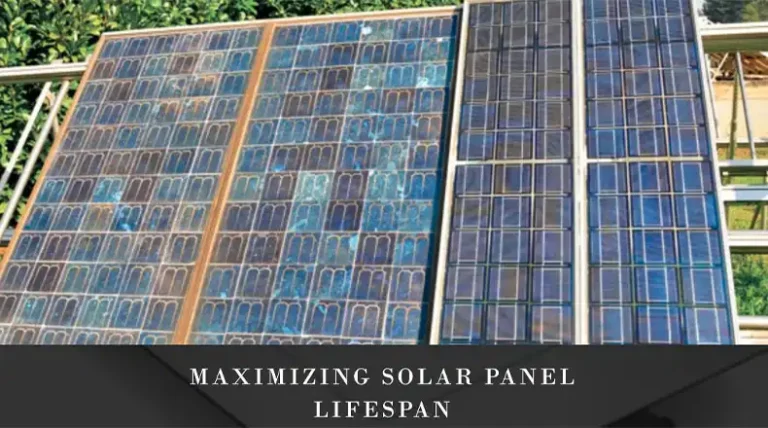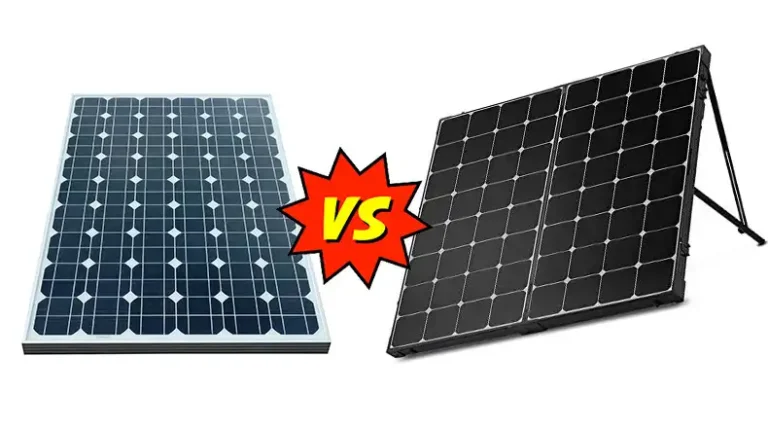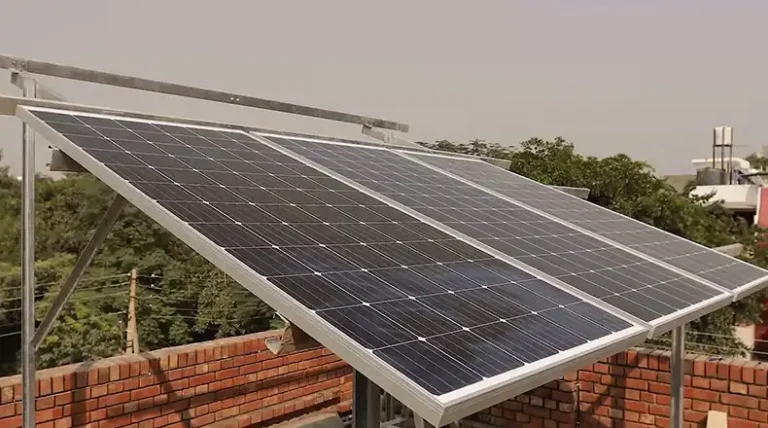Can a 1hp DC Pump Be Connected to 3 X 300w 48 Volt Solar Panels?
You’d think connecting a small 1HP water pump to a set of solar panels would be simple – but in reality, a major system design pitfall traps many DIY solar enthusiasts. I should know – early in my off-grid experiments, I fried my share of pumps and controllers before waking up! In short, yes, the system can do so. But there are a few things that you will need to count on!
In this article, we’ll walk through a complete technical analysis to answer the question.
Let’s crunch the specifications and usage scenarios in detail…then see what the engineering math tells us.
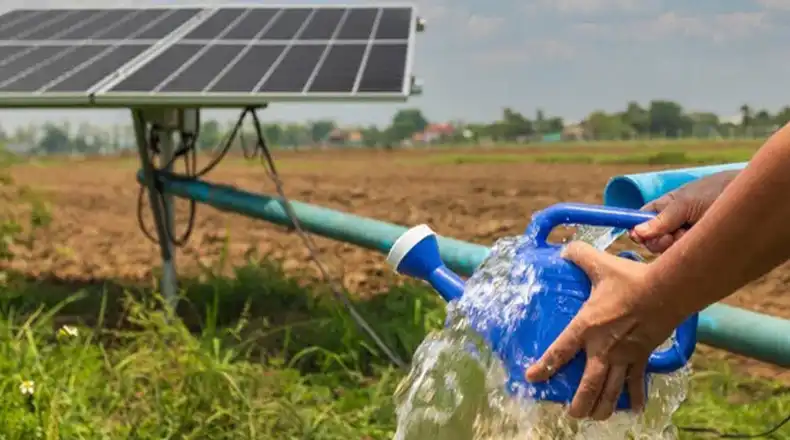
Is It Possible to Run a 1HP DC Pump with a 900W 48V Solar Panel System?
Determining if a solar array provides enough sustained power for a pump requires comparing two key variables:
- Pump power draw
- Solar panel power output
Then factor in losses and real-world operating constraints. It’s not as simple as reading nameplate ratings, unfortunately! Let’s investigate the specifics for both our pump and solar array…
Energy Needed by 1HP DC Pump
here is the calculation of the power consumption of a 1HP DC pump:
We know that
HP = 746W
Let,
E = Efficiency = 80%
Load = 100%
Time = 1 hour
P (kW) = HP x (0.746/E) x Load x Time
P (kW) = 1 x (746/0.8) x 100% x 1 hour
P (kW) = 932.5 W
Therefore, the power consumption of a 1HP DC pump is 932.5W. This is the running power of the pump.
However, the actual power consumption of a pump will typically be 20-50% or higher than the calculated value due to real-world usage, efficiency, and power factor. So, the actual power can reach 1399 W.
Energy Produced by 3 X 300W 48 Volt Solar Panels
- 3 x 300-watt solar panels
- Total wattage = 900 X 5 X 0.75 = 3375 W
- 5 hours of peak sunlight available per day
Exceptional Scenario
However, there are a few pumps that can be found that need around 2kW for running the system and 4kW for the initial phase. In that case, a location with 5 hours of active sunlight will fail to run the pump. But if you are living in a place with 6 or 7 hours of active sunlight, then the panel can handle these pumps as it can produce 4.75kW per day.
Verdict: Borderline Overload Scenario
Based on the provided calculations, it appears that the system is able to handle a 1HP DC pump consistently, however, sometimes, especially during periods of high demand, the system may fail. The system can produce 3375 watts of power under ideal conditions, but the pump can consume up to 1399 watts, leaving a margin of only 1976 watts. This margin is quite narrow, and it could easily be overcome by factors such as reduced sunlight intensity, cloudy skies, or increased pump load.
Factors Need to be Considered
Based on the provided calculations, it is technically possible to connect a 1hp DC pump to a system of three 300W 48V solar panels. However, it is important to consider several factors before doing so:
Efficiency: The efficiency of the pump and the solar panels will affect the overall system efficiency. A pump with a higher efficiency will consume less power, while solar panels with higher efficiency will convert more sunlight into electricity.
Power factor: The power factor is a measure of how efficiently a pump converts electrical energy into mechanical energy. A pump with a lower power factor will lose more energy as heat, which will increase the power consumption.
Sunlight intensity: The amount of sunlight that the solar panels receive will affect the amount of power they generate. Cloudy skies or reduced sunlight intensity can significantly reduce the power output of the system.
Pump load: The load on the pump will also affect the power consumption. If the pump is working against a high head pressure or is delivering water to a large area, it will consume more power.
Match the Voltage of the Solar System and pump: It is also important to match the pump’s voltage requirement to the solar panel connections. As the pump expects 48V input, connecting the 3 x 300W solar panels in parallel maintains this voltage while increasing current availability.
Use MPPT or DC-DC Converter: Finally, using an MPPT charge controller or DC-DC converter is highly recommended. These devices regulate the solar panel power to provide stable, smooth voltage and current tailored to the pump’s needs. The power conditioning provided enhances reliability and prevents damage to the pump.
Considering these factors, it is recommended to have a buffer in the system’s power output to ensure that it can consistently meet the pump’s demand. This may involve upgrading the solar panel array to a larger capacity or using more efficient components. Additionally, it is crucial to monitor the system’s performance and make adjustments as needed to maintain optimal operation.

![Best Solar Companies in San Jose | [2024 Guide]](https://www.itekenergy.com/wp-content/uploads/2024/03/Best-Solar-Companies-in-San-Jose-768x428.webp)
